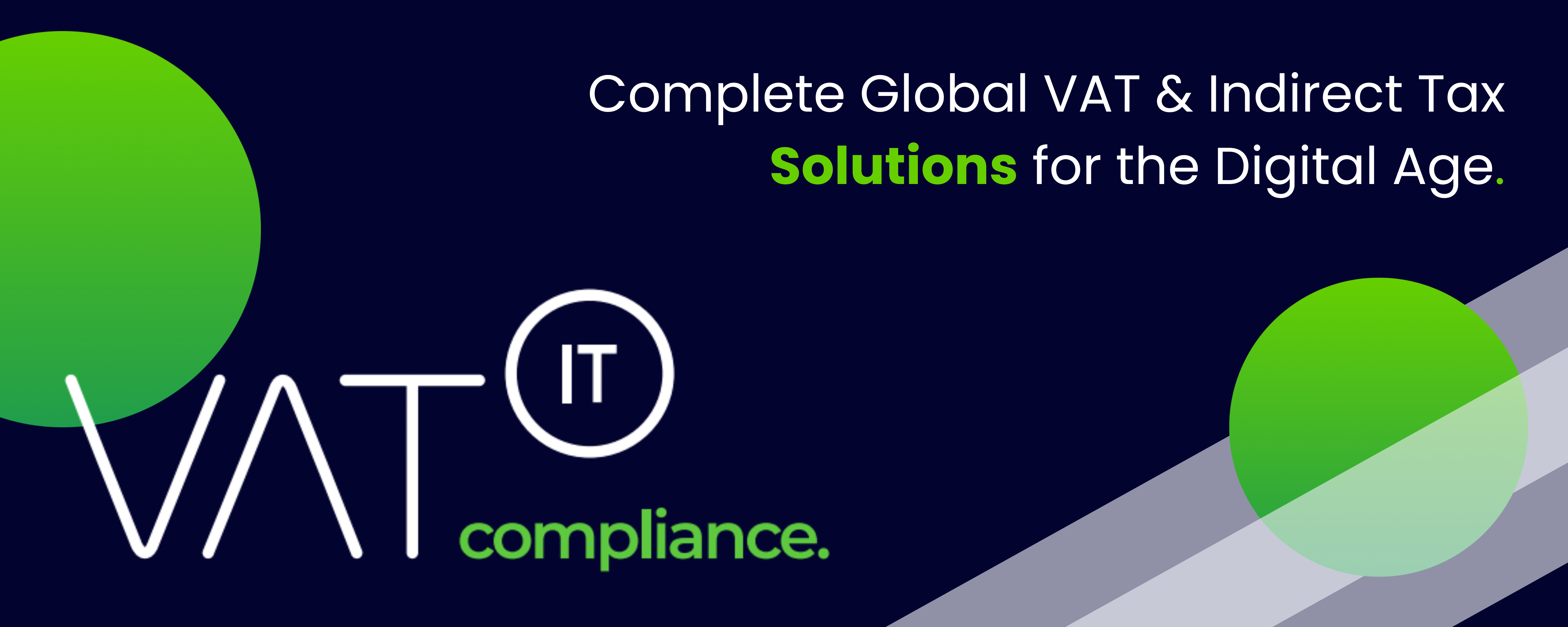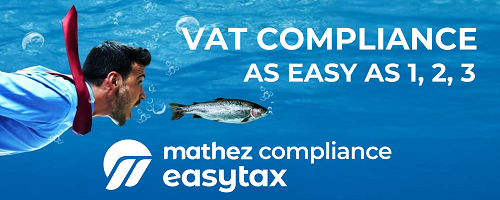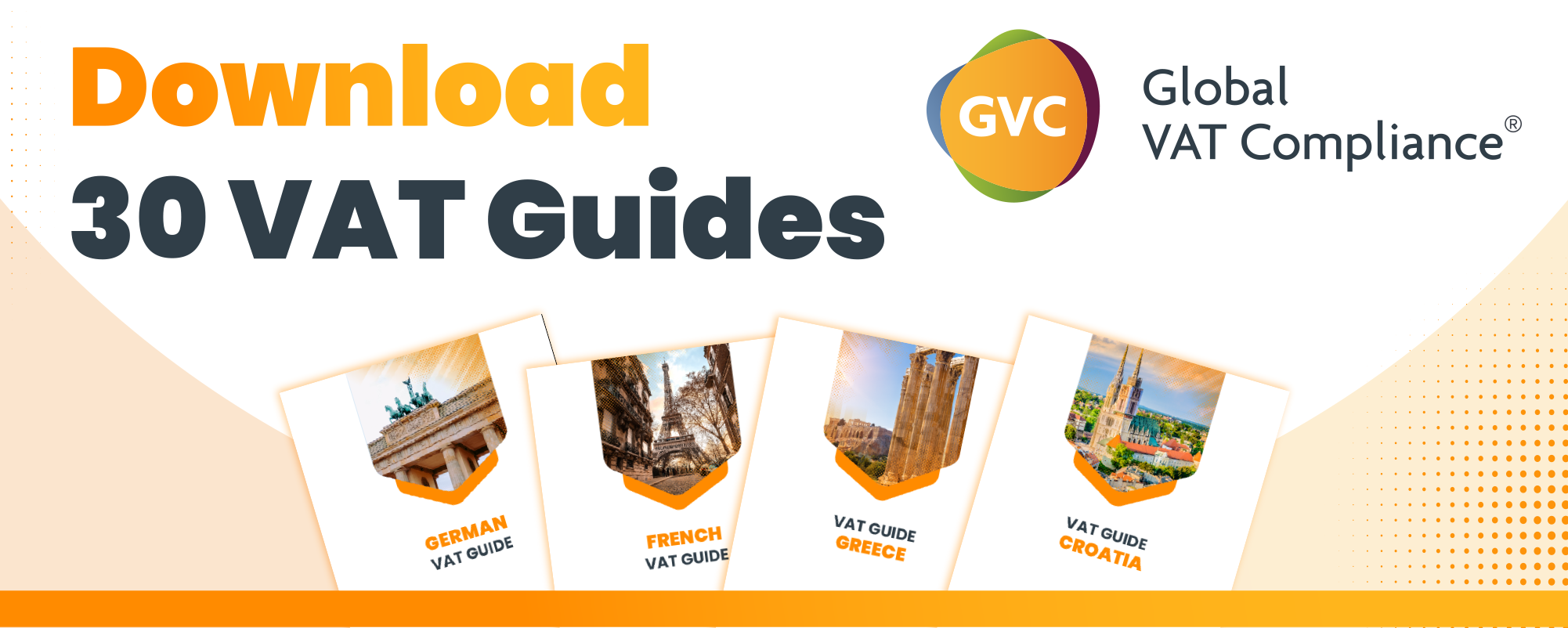- Key Proposed Changes: The draft VAT Implementation Regulations, released on August 11, 2025, outline significant operational details for the upcoming VAT Law effective January 1, 2026, including restrictions on input VAT credits for long-term assets exceeding RMB 5 million, mandatory annual reconciliations, and clarity on the treatment of cross-border transactions.
- New Compliance Requirements: The draft introduces stricter rules for input VAT credits related to mixed-use assets and non-VAT transactions, alongside a shift in responsibility for annual reconciliation from tax authorities to enterprises, requiring businesses to establish robust VAT management systems to track and allocate input VAT accurately.
- General Anti-Avoidance Provisions: For the first time, general anti-avoidance rules are proposed to target arrangements that lack a reasonable commercial purpose, increasing scrutiny on corporate tax compliance and necessitating demonstrable business substance beyond tax benefits. Affected entities are encouraged to review these regulations and prepare for compliance before the public comment period ends on September 10, 2025.
Source EY
China VAT Reform 2026: Key Draft Rules and Public Consultation Details Explained
- China’s Ministry of Finance is seeking public input on VAT reform set for January 1, 2026
- Draft Implementing Regulation aims for consistent application and enforcement of VAT Law
- Clarifies taxable scope including goods, services, intangibles, and immovable property
- Defines rules for export and cross-border transactions with zero VAT rate for certain services consumed outside China
- Outlines procedures for determining VAT rates in mixed transactions
- Lists valid deduction documents and rules for mixed-use fixed assets and non-creditable input VAT
- Includes provisions on invoicing, compliance, tax incentives, and exemptions
- Public comments on the draft are open until September 10, 2025
- Affected parties encouraged to participate and prepare for changes
Source: vatabout.com
Note that this post was (partially) written with the help of AI. It is always useful to review the original source material, and where needed to obtain (local) advice from a specialist.















